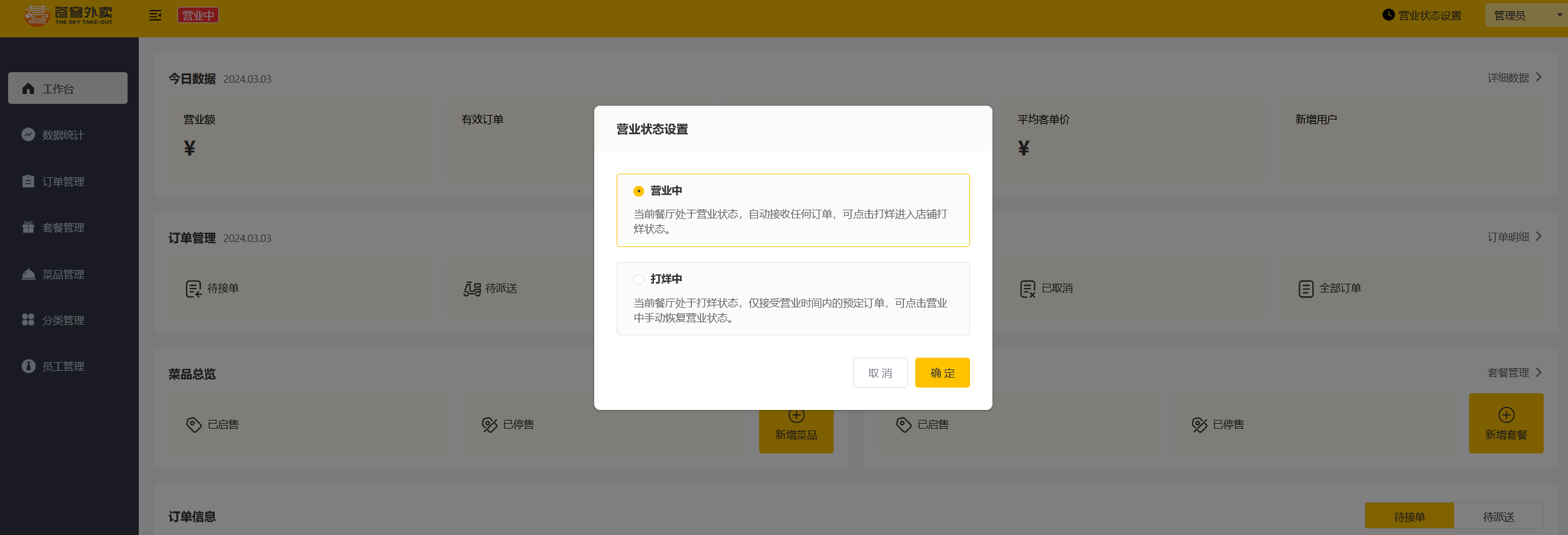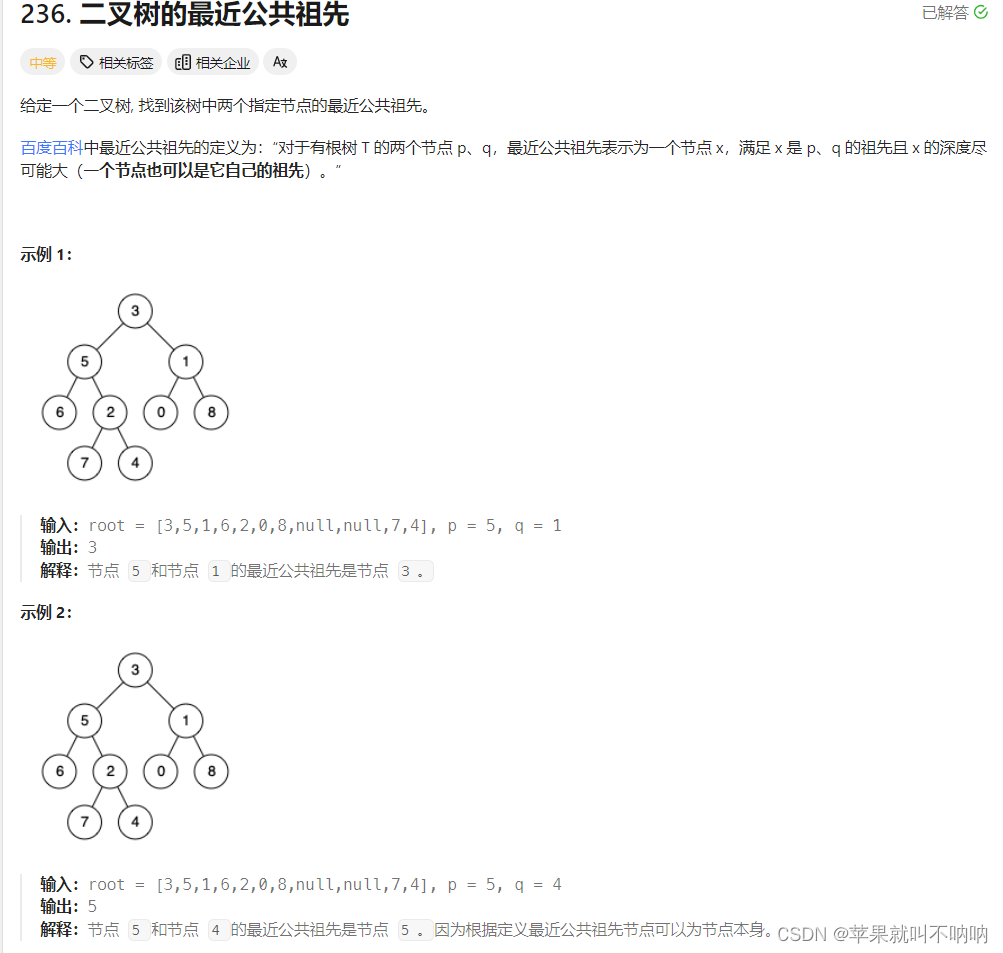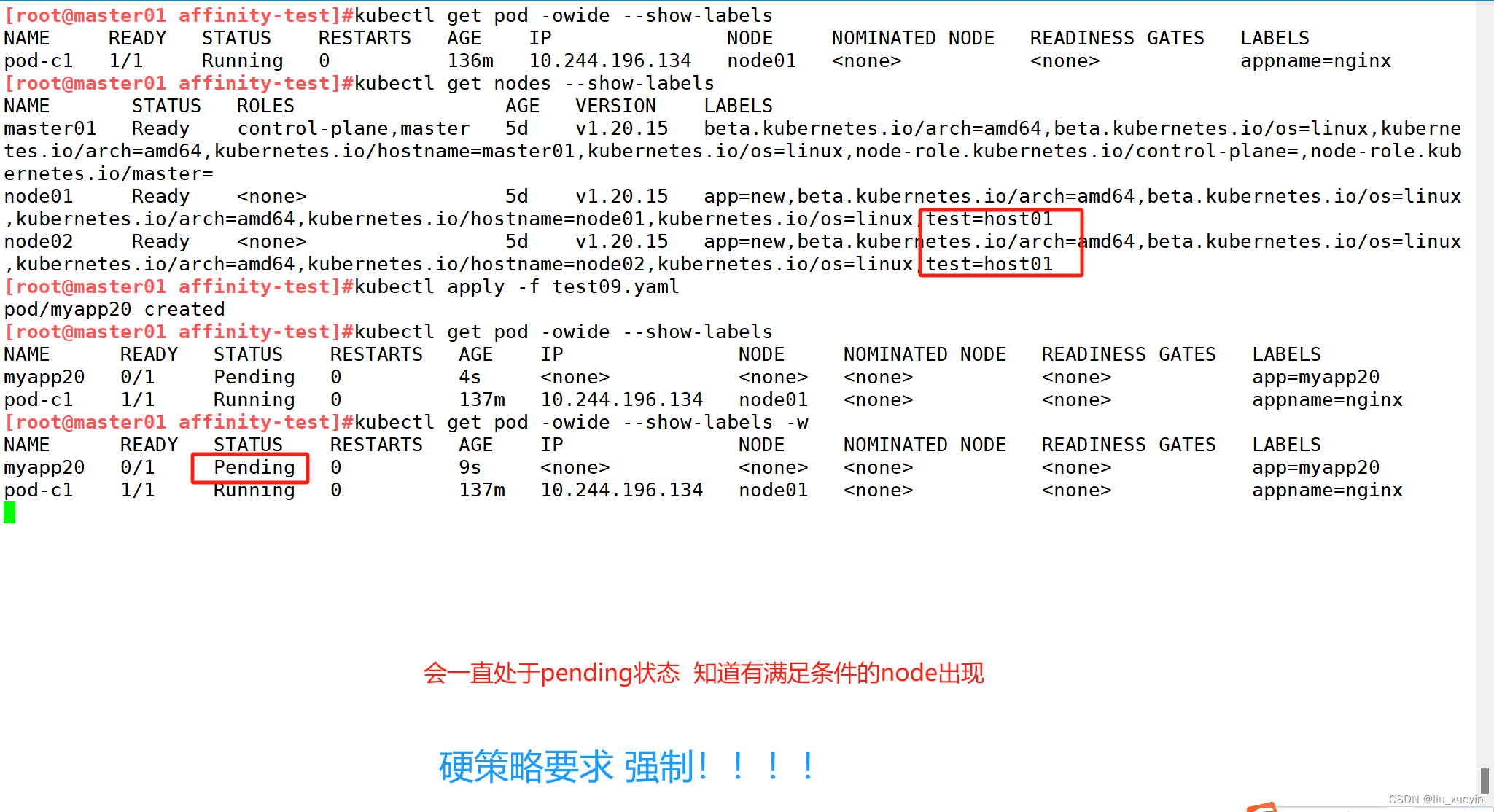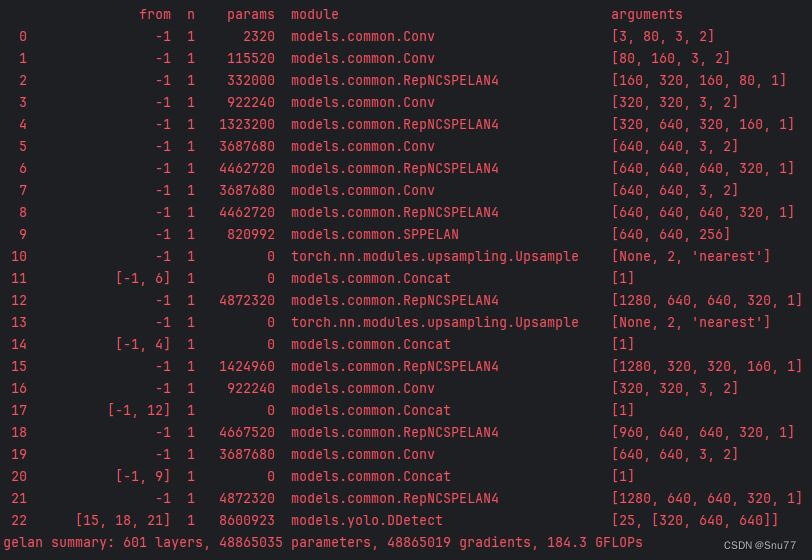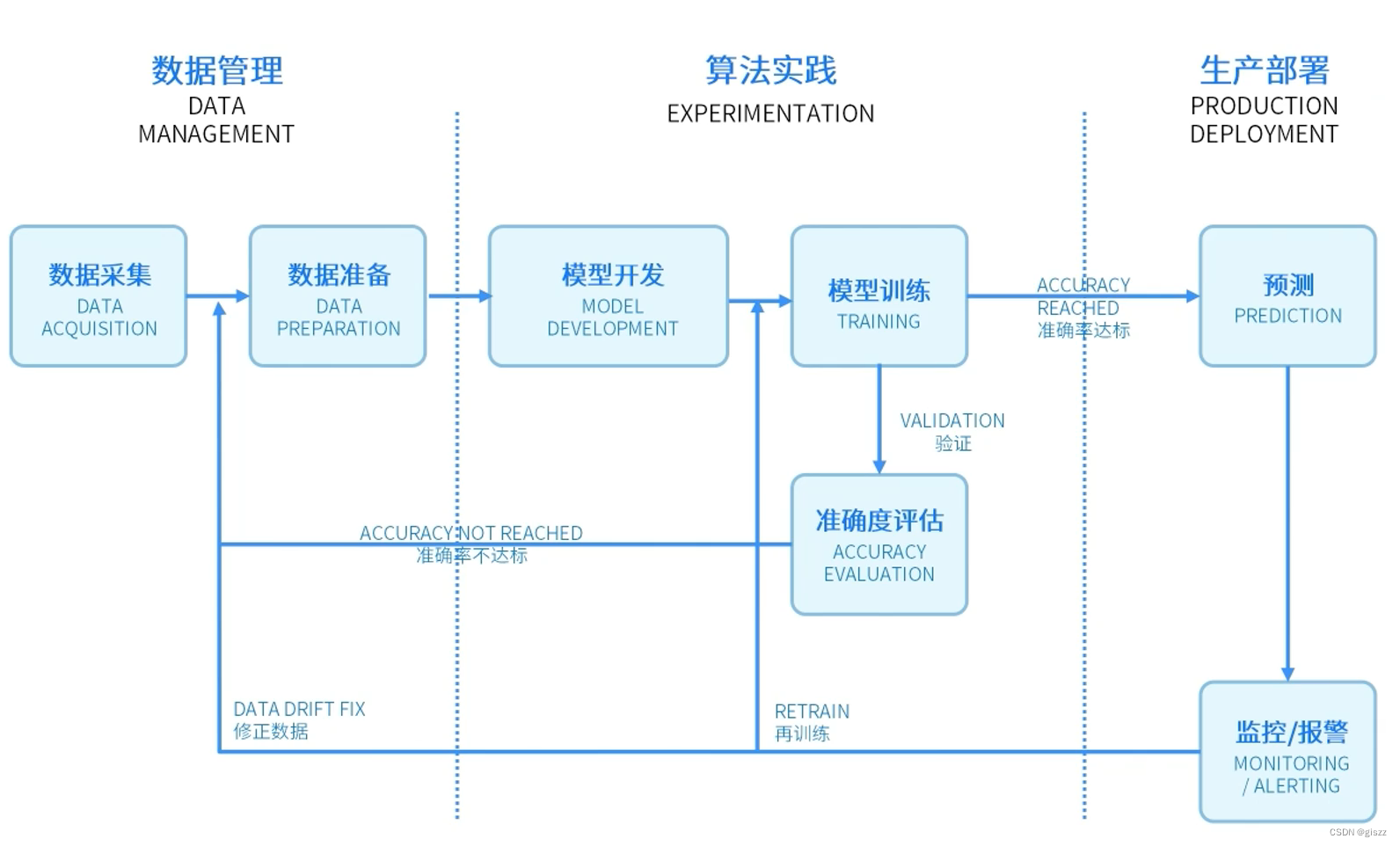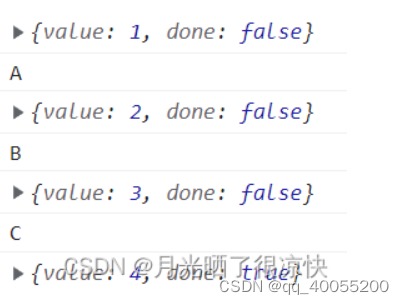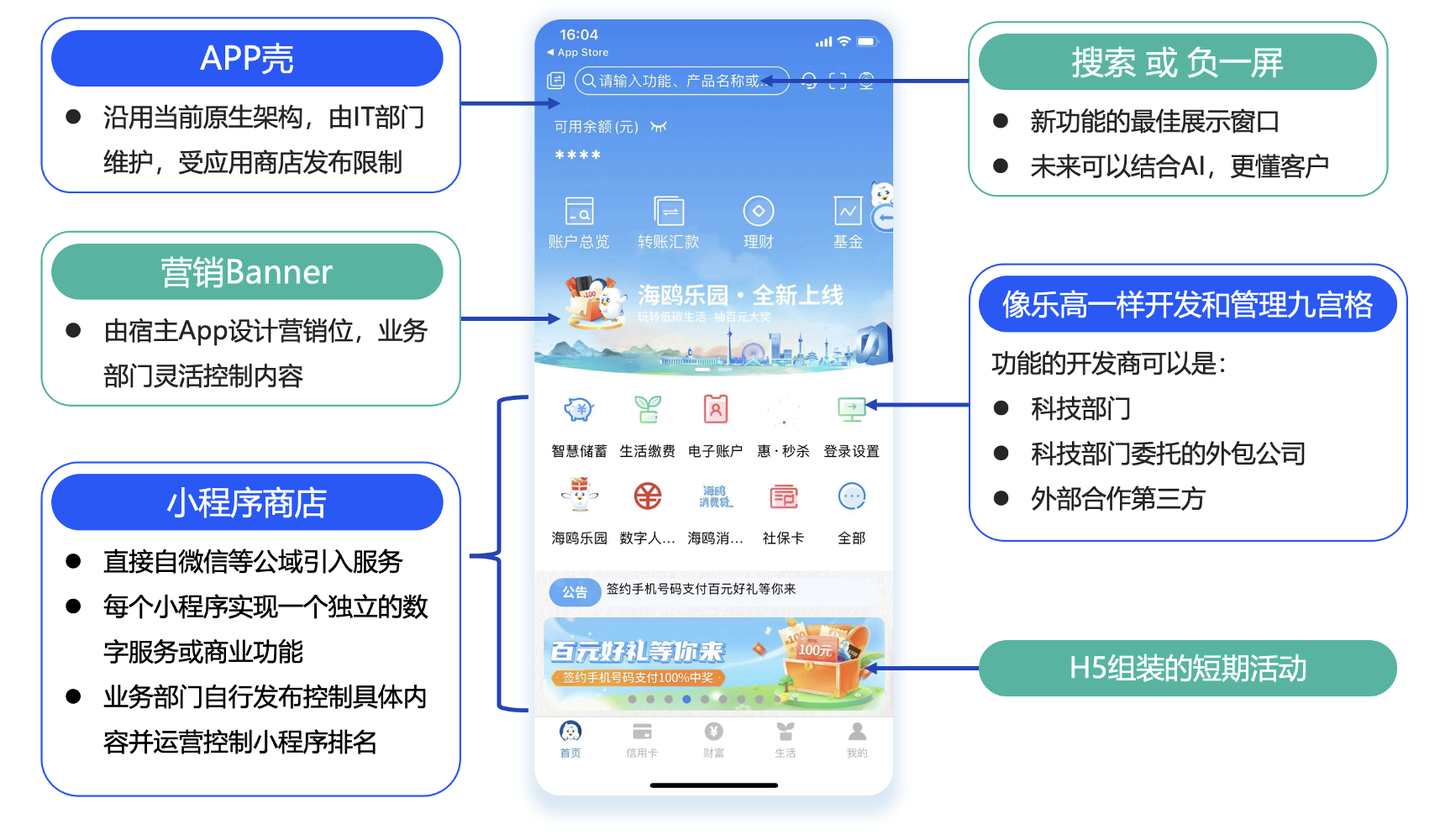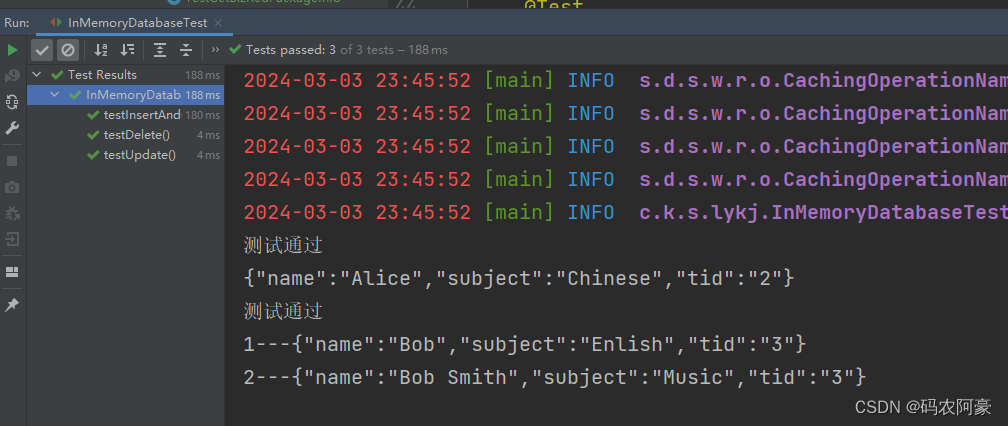用户列表的实现与操作
- 一、创建用户页面和路由
- 二、表格优化
- 1、表头自定义
- 2、表格滚动
- 3、加入数据索引
- 4、利用插槽自定义显示
- 三、功能
- 1、查询功能
- 3、增加
- 4、删除
- 5、修改
一、创建用户页面和路由
- 创建用户页面
在 src/components/Main 下创建文件夹user,创建文件UserList.vue,文件内容如下:
页面中数据的请求代码:
- 定义方法getUserData,使用axios 去请求数据,并将请求的数据设置给userData。
- 在created钩子函数中调用getUserData方法。
<template>
<el-table
:data="userData"
style="width: 100%"
border
:default-sort="{ prop: 'date', order: 'descending' }"
>
<el-table-column prop="date" label="日期" sortable width="180">
</el-table-column>
<el-table-column prop="name" label="姓名" sortable width="180">
</el-table-column>
<el-table-column prop="address" label="地址"> </el-table-column>
</el-table>
</template>
<script>
export default {
name: "UserList",
data() {
return {
userData: [],
};
},
methods: {
getUserData() {
this.$axios.post("/post/userList").then((res) => {
this.userData = res.data.userData;
});
},
},
created() {
this.getUserData();
},
};
</script>
<style scoped>
.el-table {
width: 100%;
height: auto;
}
</style>
- 在之前使用的mockjs中,将菜单数据进行修改,然后加入用户管理的数据
Mock.mock('/post/menuList', 'get', function () {
const menu_data = [
{
name: '用户管理',
icon: 'el-icon-user',
path: '/index/userList',
component: 'user/UserList'
},
{
name: '一级菜单1',
icon: 'el-icon-location',
path: '/index/menu1',
component: 'Main1'
},
{
name: '一级菜单2',
icon: 'el-icon-document',
path: '/index/menu2',
component: 'Main2'
}
]
return {
menu_data
}
});
Mock.mock('/post/userList', 'post', function () {
const userData = [
{
date: "2022-05-02",
name: "牛3号",
address: "北京市XXXXXX路1号",
},
{
date: "2022-05-04",
name: "牛4号",
address: "北京市XXXXXX路2号",
},
{
date: "2022-05-01",
name: "牛5号",
address: "北京市XXXXXX路3号",
},
]
return {
userData
}
});
页面效果

二、表格优化
1、表头自定义
el-table增加属性header-row-class-name值为table_header_class- 设置样式,注意使用:
/deep/ .table-header-class th
参考代码:
<template>
<el-table
:data="userData"
style="width: 100%"
border
:default-sort="{ prop: 'date', order: 'descending' }"
header-row-class-name="table-header-class"
>
<el-table-column prop="date" label="日期" sortable width="180">
</el-table-column>
<el-table-column prop="name" label="姓名" sortable width="180">
</el-table-column>
<el-table-column prop="address" label="地址"> </el-table-column>
</el-table>
</template>
<script>
export default {
name: "UserList",
data() {
return {
userData: [],
};
},
methods: {
getUserData() {
this.$axios.post("/post/userList").then((res) => {
this.userData = res.data.userData;
});
},
},
created() {
this.getUserData();
},
};
</script>
<style scoped>
.el-table {
width: 100%;
height: auto;
}
/deep/ .table-header-class th{
background-color: #91a8b1 !important;
color: white;
}
</style>
页面效果

2、表格滚动
如果数据过多则需要加入表格滚动,否则是外部滚动很难看,这种情况处理起来比较简单,在el-table加入max-height属性即可,比如我设置值为500px
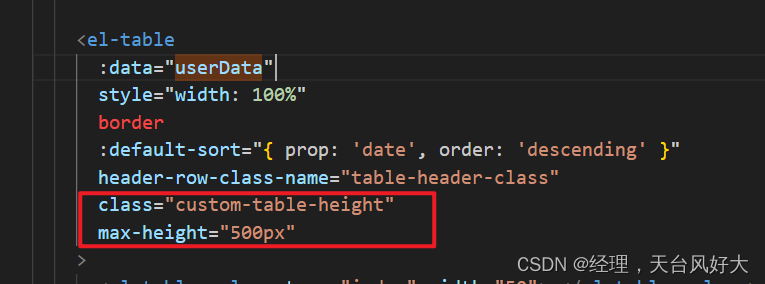
效果展示
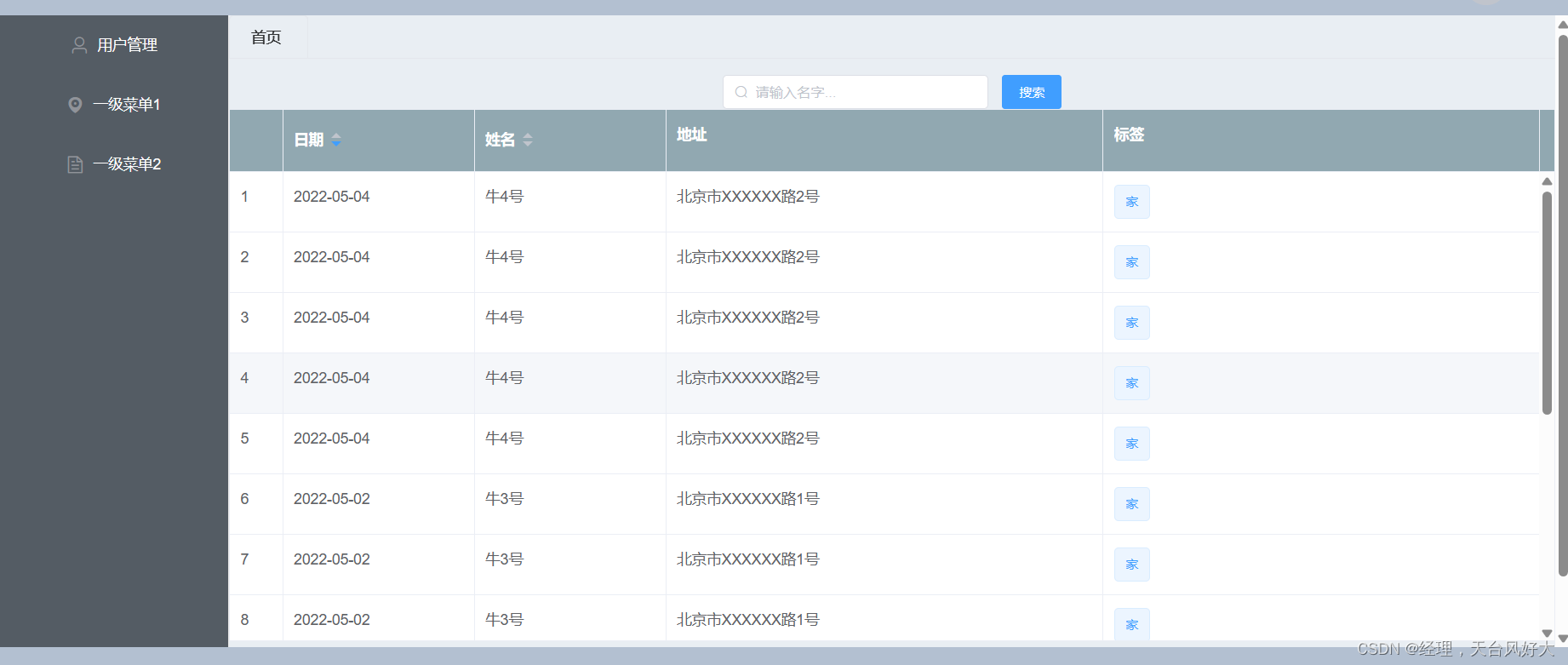
3、加入数据索引
加入数据索引
给表格加上一列即可,设置 type=“index”
<el-table-column type="index" width="50"></el-table-column>

4、利用插槽自定义显示
让数据看起来更显眼、分类更明确,比如 userData 加了tag,表示地址是工作地址,还是家
<el-table-column prop="tag" label="标签"></el-table-column>
页面效果

只加个标签的话,很平淡,我们用插槽试一下
<el-table-column prop="tag" label="标签">
<template slot-scope="scope">
<el-tag
:type="scope.row.tag === '家' ? 'primary' : 'success'"
disable-transitions
>{{ scope.row.tag }}</el-tag
>
</template>
</el-table-column>
页面效果

三、功能
1、查询功能
- 页面添加搜索框和搜索按钮,在table的前面加入代码
- 在data里面定义search_name,对应el-input的v-model
userList代码
<template>
<div id="button_div">
<el-input
id="search-input"
size="small"
label-width="100px"
prefix-icon="el-icon-search"
placeholder="请输入名字..."
v-model="search_name"
style="height: auto; width: 20%"
>
</el-input>
<el-button
type="primary"
size="small"
class="search-button"
@click="search"
style="height: auto"
>搜索</el-button
>
<el-table
:data="userData"
style="width: 100%"
border
:default-sort="{ prop: 'date', order: 'descending' }"
header-row-class-name="table-header-class"
class="custom-table-height"
max-height="500px"
>
<el-table-column type="index" width="50"> </el-table-column>
<el-table-column prop="date" label="日期" sortable width="180">
</el-table-column>
<el-table-column prop="name" label="姓名" sortable width="180">
</el-table-column>
<el-table-column prop="address" label="地址"> </el-table-column>
<el-table-column prop="tag" label="标签">
<template slot-scope="scope">
<el-tag
:type="scope.row.tag === '家' ? 'primary' : 'success'"
disable-transitions
>{{ scope.row.tag }}</el-tag
>
</template>
</el-table-column>
</el-table>
</div>
</template>
<script>
export default {
name: "UserList",
data() {
return {
userData: [],
search_name: "",
};
},
methods: {
getUserData() {
this.$axios.post("/post/userList").then((res) => {
this.userData = res.data.userData;
});
},
search() {
console.log('this.search_name',this.search_name)
this.$axios.post("/post/searchUser", { name: this.search_name })
.then((res) => {
console.log('name===',name)
this.userData = res.data.userData;
});
},
},
created() {
this.getUserData();
},
};
</script>
<style scoped>
/* .el-table {
width: 100%;
height: 300px !important;
} */
/deep/ .table-header-class th {
background-color: #91a8b1 !important;
color: white;
}
.custom-table-height {
height: auto !important; /* 或指定一个固定高度,例如 400px */
}
</style>
mockjs代码
const userData = [
{
date: "2022-05-02",
name: "牛3号",
address: "北京市XXXXXX路1号",
tag: '家'
},
{
date: "2022-05-04",
name: "牛4号",
address: "北京市XXXXXX路2号",
tag: '家'
},
{
date: "2022-05-01",
name: "牛5号",
address: "北京市XXXXXX路3号",
tag: '家'
},
]
Mock.mock('/post/searchUser', 'post', function (param) {
console.log('param',param.body);
let body = JSON.parse(param.body);
let name = body.name;
let newData = []
if (name) {
newData = userData.filter((item) => {
console.log('*******',item.name.indexOf(name))
return item.name.indexOf(name) > -1;
})
console.log('eeee',newData)
} else {
newData = userData;
console.log('eeee2',newData)
}
return {
userData: newData
}
});
测试如下

3、增加
4、删除
5、修改
休息一会,继续补充~
